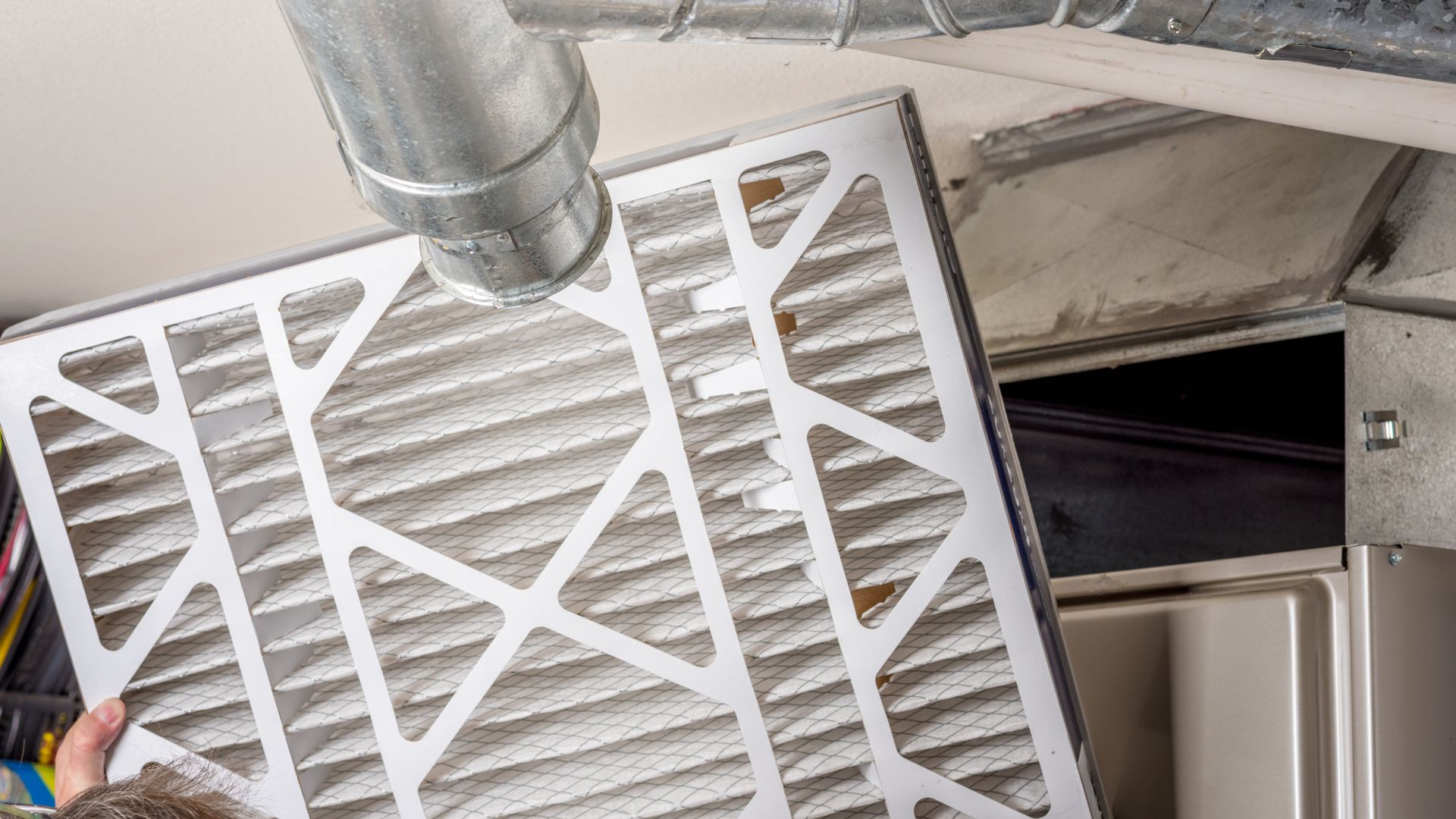Understanding Indoor Air Pollutants
Common Sources of Indoor Air Pollution
When we think of air pollution, our minds often drift to smog-filled cityscapes and industrial smokestacks. However, the air inside our homes can be just as polluted, if not more so. Common culprits include volatile organic compounds (VOCs) which are emitted by a wide array of products ranging from paints to cleaning agents. Mold spores, dust mites, and pet dander are biological pollutants that thrive in many homes, while tobacco smoke remains a persistent source of indoor air contamination. Understanding these sources is the first step towards creating a healthier living environment, as each pollutant requires specific strategies to manage effectively.
Health Impacts of Poor Indoor Air Quality
The impact of indoor air pollutants on our health can be immediate in the form of headaches, dizziness, and fatigue, or they can emerge slowly over time, leading to respiratory diseases, heart disease, and even cancer. For individuals with pre-existing conditions such as asthma or allergies, the presence of these pollutants can exacerbate symptoms and significantly affect daily living. It's not just about comfort; it's about health. Ensuring good indoor air quality is essential for our well-being, making it imperative to recognize and address the presence of these invisible threats in our homes.
Strategies for Ventilation and Air Circulation
Importance of Proper Ventilation
One of the most straightforward yet effective ways to combat indoor air pollution is through proper ventilation. It's about more than just letting in a breath of fresh air; it's about diluting the concentration of indoor pollutants. Simple practices such as opening windows and using exhaust fans, especially in areas like kitchens and bathrooms, can significantly improve air circulation. This natural exchange of indoor and outdoor air is vital for pushing out contaminants and bringing in cleaner air, which is particularly crucial in modern homes that are built to be more airtight for energy efficiency.
Advanced Ventilation Techniques
While opening windows is a great start, there are times when the outdoor air quality is poor, or the weather doesn't permit this approach. This is where advanced ventilation techniques come into play. Heat recovery ventilators (HRVs) and energy recovery ventilators (ERVs) are cutting-edge systems that provide a controlled way of ventilating a home while minimizing energy loss. These systems not only help in maintaining optimal indoor air quality but also ensure that your home remains comfortable and energy-efficient. They are particularly beneficial for those living in extreme climates, where opening windows regularly isn't a practical option.
Air Purification Solutions
Types of Air Purifiers and Filters
When it comes to purifying the air in our homes, there's a plethora of options available, each designed to tackle specific types of pollutants. HEPA filters are the gold standard for capturing particulate matter such as pollen, dust mites, and pet dander. Activated carbon filters excel at adsorbing gases and odors, including VOCs, making them a valuable ally against chemical pollutants. Meanwhile, UV germicidal irradiation uses ultraviolet light to neutralize airborne pathogens like bacteria and viruses. By understanding the strengths of each type of air purifier, homeowners can make informed decisions about which system, or combination of systems, will best suit their needs.
Placement and Maintenance of Air Purifiers
Positioning and upkeep are critical to the effectiveness of air purifiers. Placing a purifier in high-traffic areas or where pollutants are most prevalent can significantly enhance its performance. For instance, positioning a unit near a pet's favorite resting spot or in a room where crafting occurs can target the specific pollutants these activities generate. Regular maintenance, including filter changes and cleaning, is also essential to ensure these devices continue to operate at peak efficiency. Neglecting this aspect can lead to reduced air quality and potentially even contribute to the problem if a dirty filter begins to harbor mold or bacteria.
Household Practices to Reduce Pollutants
Safe Cleaning and Household Products
Many everyday cleaning products contribute to indoor air pollution without us even realizing it. Switching to natural cleaning agents can have a profound impact on indoor air quality. Baking soda, vinegar, and essential oils are just a few examples of natural products that can be used to create effective, homemade cleaning solutions. These alternatives not only reduce the emission of VOCs but also provide a safer environment for families, particularly those with young children or pets. Educating oneself on the ingredients in household products and opting for eco-friendly options can go a long way in maintaining a pollutant-free home.
Controlling Humidity and Mold
Maintaining the right level of humidity in your home is crucial for preventing the growth of mold, which thrives in moist environments. Dehumidifiers and air conditioners can help keep humidity levels in check, ideally between 30% and 50%. In the event that mold does take hold, it's important to address it promptly and thoroughly, as mold can cause a variety of health issues, particularly for those with allergies or asthma. Remediation strategies might include fixing leaks, improving ventilation, and in severe cases, professional mold removal. Preventative measures and prompt action can help ensure that mold doesn't compromise the air quality in your home.
Engaging with Professional Indoor Air Quality Services
When to Seek Professional Assessment
While many indoor air quality issues can be addressed with DIY solutions, there are times when professional intervention is necessary. If you're experiencing persistent health symptoms that you suspect are related to air quality, or if you've recently undertaken home renovations that could have introduced new pollutants, it's time to call in the experts. Professional air quality assessments can identify hidden problems and provide a clear action plan for remediation. This is especially important for vulnerable populations, such as the elderly, young children, and those with chronic respiratory conditions.
Services Offered by Indoor Air Quality Professionals
Indoor air quality professionals offer a range of services designed to ensure your home's air is clean and healthy. Air quality testing can pinpoint specific pollutants and their concentrations, and whole-home assessments go even further, examining potential sources of pollution throughout your living space and recommending comprehensive solutions. Professionals can then make informed recommendations on the best course of action for your home and then install the necessary systems, such as a whole-home air purifier. By leveraging the expertise of professionals, you can be confident that you're taking all the necessary steps to protect your family's health and well-being.
Casper Heating and Cooling Is Here to Improve Your IAQ
At Casper Heating and Cooling, we understand the importance of maintaining a healthy indoor environment. Our team of experts is equipped to provide top-notch indoor air quality services tailored to your specific needs. From initial inspection to installing an advanced air purification system, we're here to help you breathe easier. Don't let indoor air pollutants compromise your comfort and health. Contact us today to discover how we can enhance the air quality in your home and create a safer, more comfortable living space for you and your loved ones.
Call Casper Heating and Cooling now at (659) 212-8622 or send us a message online.

